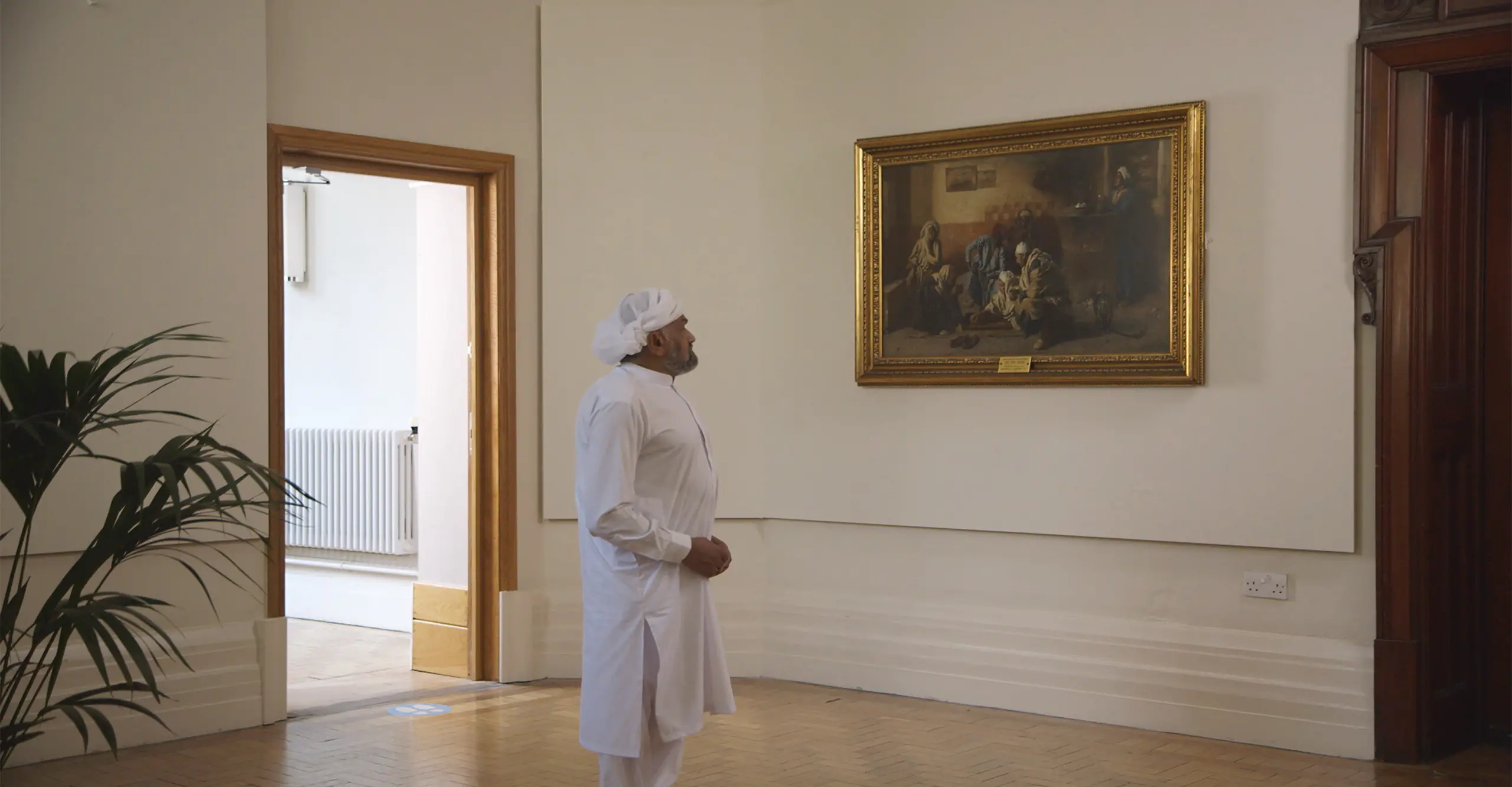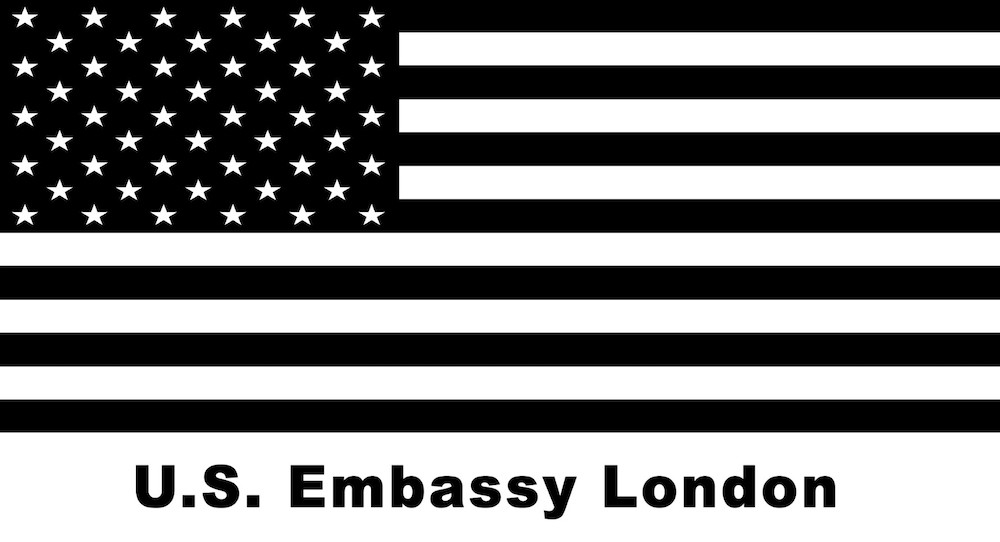Bursary places are available to those facing barriers to participation – please scroll down for more information
Documentary photographs have played a crucial role in shaping social, political and cultural narratives since photography’s invention. At its sharp end, the iconic imagery of photojournalism can reveal the first draft of history. Touching on work produced in the mid 20th century by photographers such as Helen Levitt, Roy de Carava and Walker Evans, this course will quickly unfold to introduce more expansive, contemporary practices. This will include work by RaMell Ross, Shahidul Alam and Hoda Afshar, to name a few. Together we will explore the nuanced ways of seeing and engaging with contemporary thought as it is formed on city streets and beyond.
Using moving image, archives, zines, image-texts, poetry, performance, augmented reality, and even fiction, contemporary documentary photography employs a range of fascinating aesthetic strategies to convey – or indeed question - its truths, and to render visible that which may be forgotten or obscured. The most interesting contemporary photographic work seeks ways to reclaim documentary from its fixed narratives, its role in a multiplicity of colonial projects, and in nation-building, often through collaborative practices. In this way, the documentary image, entwined with its accompanying texts or narrations, offers a potent and often personal aesthetic intervention into the same old stories.
Over eight weeks, we will focus on selected works, grouped together thematically, though with porous boundaries, to allow us to pay close attention to the visual insights made possible by the documentary lens. This flexibility will help us better understand the radical or reparative potential of the work presented.
Please note: Some imagery presented during the course may be of a sensitive nature.
By booking for this course, you agree to The Photographers' Gallery's Terms & Conditions.
Details on how to access the course will be confirmed upon registration. Please check your junk folders if you haven't received an email from vambookings@accessacloud.com or TPG staff confirming your place.
Suitable for all levels, no prior knowledge of photography necessary. A limited number of bursary places are available to those facing barriers to participation on a first come, first served basis. Please apply by emailing projects@tpg.org.uk by noon on Friday 14 January, briefly stating your reason for applying for a bursary place. All information will be kept confidential and anonymous, and destroyed after processing within GDPR guidelines.
We actively encourage bursary requests from individuals who are currently underrepresented in the cultural sector in the UK. This includes: people who identify as D/deaf, disabled* and neurodivergent; those with caring responsibilities; candidates from Black, Asian and ethnically diverse backgrounds; and arts and culture professionals whose career development has been negatively impacted by Covid-19, prioritising independent artists, freelancers and those made redundant/at risk of redundancy since 2020.
*The Equality Act 2010 defines a disabled person as someone who has a physical or mental impairment, and the impairment has a substantial and long-term adverse effect on their ability to carry out normal day-to-day activities. Sharing that you are disabled will not be used in any way in judging the quality of your application.
This course is part of a wider learning programme linked to the Helen Levitt: In the Street exhibition. Course bursaries are supported by the U.S. Embassy in London.
Course tutor:
This course is devised and led by Max Houghton for The Photographers’ Gallery. Houghton is the Course Leader for MA Photojournalism and Documentary Photography at London College of Communication. She is a writer, editor and curator working with the photographic image as it intersects with politics, law and human rights and co-founder of UAL research hub Visible Justice.
Course outline:
Week 1: ATTENTION SURFEIT – the listening image
This introductory session will set the tone of the course by looking at a range of projects focussing on people and place. Two American locations will be the focus: Hale County, Alabama and New York City. Here concepts of sight and insight will come into play – through photography as well as through listening and writing. Photographers and other practitioners to include: Walker Evans & James Agee, RaMell Ross, Helen Levitt and Kalik Allah.
Week 2: HISTORICALLY PRESENT – the archival image
Documentary photography is frequently implicated in the legitimation of history. Nowhere is this more apparent than their status within an archive. Documentary photographs have regularly been used in the creation of repressive practices by states and disciplinary systems. This session looks at how practitioners have drawn on photographic archives, including those of their own family histories. We will also examine how some artists have helped new archives come into being. Photographers and other practitioners to include: Sim Chi Yin, Sunil Shah, Susan Meiselas and Carmen Winant.
Week 3: SPEAKING NEARBY – the anti-ethnographic image
Building on the previous week’s focus on archives, we will consider documentary’s historical role in ethnographic studies. We will examine methodologies for categorising and classifying based on visual qualities or traits within photographs. We will look at how contemporary practitioners have refused and sometimes even reversed this model. Photographers and other practitioners to include: Santu Mofokeng, Trinh T Minh Ha, Helen Cammock and LaToya Ruby Frazier.
Week 4: VISIBLE JUSTICE - the public image
This mid-way session will take the form of an in-conversation and wider group discussion with artist and writer David Birkin, co-founder of Visible Justice. We will consider how documentary images have functioned in public space, including virtual space, with a particular focus on social justice. Photographers and other practitioners to include: Nona Faustine, Zoe Leonard, Mariam Ghani, Hank Willis Thomas as well as David Birkin’s own interdisciplinary practice.
Week 5: BREATHING SPACE - the protest image
Photographers and artists have frequently documented protest. Yet being associated with a particular movement has had tragic and fatal consequences from the Paris Commune to the contemporary BLM movement. Recently, practitioners have sought visual strategies to oppose state surveillance technologies, bringing about a new form of visibility. In tandem with this practice that arises from the streets, photographers also use photography to instigate and propel an activism. Photographers and other practitioners include: Shahidul Alam and Sofia Karim, the Dazzle Club and Zanele Muholi.
Week 6: ABOVE THE PARAPET - the legal image
Visual evidence has played an important role in high-profile legal cases from the Nuremberg Trials to Rodney King. The evidentiary status of the documentary image is complicated and calls our attention to our own knowledge problem. We will look at photography and film’s admissibility in legal proceedings and gain an understanding of how documentary images find their place in a legal framework. Photographers and other practioners include: Poulomi Basu, Hoda Afshar, Laura Poitras and Forensic Architecture.
Week 7: FIELD NOTES - the environmental image
In spite of all the evidence pointing towards environmental degradation and climate emergency, stories in the media, even around the COP summit, do not receive much traction. This week, we observe how the documentary image is being used by practitioners to unravel the ways in which climate emergency is framed. We will look at strategies used to reposition the discourse by creating a more accountable vision of environmental justice. Photographers and other practitioners include: Wilfrid Ukpong, Naiza Khan, Monica Alcazar Duarte and Tega Brain.
Week 8: IN FACT, IN FICTION - the truthful image
Debates about photographic truth often centre on whether, for instance, a World Press-winning photograph was staged, or manipulated, or mis-captioned. While industry standards matter, studying the role of the documentary image in propaganda, and in regimes of truth production tied to certain ideologies, whether communist or colonialist, can reveal much more. For our final discussion, we will study the ways in which images circulate swiftly across media and social networks, who controls their truth value, and how contemporary image makers are working with fictions in order to find the facts or create alternative representations. Photographers and other practitoners include: Max Pinckers, W.G. Sebald, Deana Lawson and Chris Kennedy.

